Naphthol AS
- CAS NO.:92-77-3
- Empirical Formula: C17H13NO2
- Molecular Weight: 263.29
- MDL number: MFCD00004096
- EINECS: 202-188-1
- SAFETY DATA SHEET (SDS)
- Update Date: 2025-08-28 17:34:51
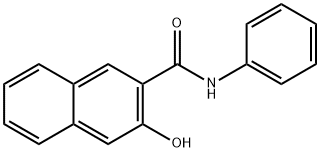
What is Naphthol AS?
Description
Naphtol AS is a coupling agent in cotton dying. Occupational dermatitis was reported in a woman involved in needlework, probably sensitized from occupational contact with clothes.
Chemical properties
beige powder
The Uses of Naphthol AS
Naphtol AS was used as off-the-shelf color-based anion sensors in organic solvents.
Preparation
aniline and 3-Hydroxy-2-naphthoic acid?condensation.
Hazard
Low toxicity by ingestion.
Contact allergens
Naphthol AS is a coupling agent in cotton dyeing, inducing occupational dermatitis or contact allergy in consumers in contact with cotton-dyed clothing. It has been indirectly reported as a cause of occupational allergy due to its coupling with Diazo Component 51, or as a crosssensitizer or sensitizer associated with Pigment Red 23 in red parts of tattoos. Pigmented contact dermatitis is usual in patients with a high phototype.
Purification Methods
Crystallise it from xylene or AcOH which forms plates m 243-244o [Schnopper et al. Anal Chem 31 1542 1959]. [Beilstein 12 H 505.]
Properties and Applications
rice or small red powder, melting point of 243 ~ 244 ℃, more sensitive to the air. In sodium hydroxide solution for yellow in liquid, insoluble in water and sodium carbonate solution, slightly soluble in ethanol, soluble in hot the difficulties. This product is widely used in the cotton fabric dyeing and printing. Dyeing cotton, cotton affinity is low, medium coupled ability. Can also be used for cotton yarn, polyester/cotton, PVA, viscose, silk and vinegar fiber dyeing, also can undertake direct printing, and reactive dye printing and cotton fabrics with the dye printing, discharge printing, the reactive dyes color printing and dyeing, and used to make quick pigment, fast amine element, element and organic pigment fast sulfonylurea medications.
Properties of Naphthol AS
| Melting point: | 246-248 °C(lit.) |
| Boiling point: | 406.53°C (rough estimate) |
| Density | 1.1138 (rough estimate) |
| refractive index | 1.4500 (estimate) |
| storage temp. | Refrigerator |
| solubility | Solubility Insoluble in water; sparingly soluble in ethanol |
| form | Powder |
| Colour Index | 37505 |
| pka | 9.70(at 25℃) |
| color | Beige |
| PH Range | Non& uorescence (8.2) to yellow/green & uorescence (10.3) |
| λmax | 394nm |
| Major Application | Sensors, recording materials, photovoltaic cells, copying materials, photoreceptors, lithographic printing plates, inks, toner, paints, textiles, detecting cancer |
| CAS DataBase Reference | 92-77-3(CAS DataBase Reference) |
| EPA Substance Registry System | 3-Hydroxy-2-naphthanilide (92-77-3) |
Safety information for Naphthol AS
| Signal word | Warning |
| Pictogram(s) |
 Exclamation Mark Irritant GHS07  Environment GHS09 |
| GHS Hazard Statements |
H315:Skin corrosion/irritation H317:Sensitisation, Skin H319:Serious eye damage/eye irritation H411:Hazardous to the aquatic environment, long-term hazard |
| Precautionary Statement Codes |
P261:Avoid breathing dust/fume/gas/mist/vapours/spray. P264:Wash hands thoroughly after handling. P264:Wash skin thouroughly after handling. P272:Contaminated work clothing should not be allowed out of the workplace. P273:Avoid release to the environment. P280:Wear protective gloves/protective clothing/eye protection/face protection. P391:Collect spillage. Hazardous to the aquatic environment P501:Dispose of contents/container to..… |
Computed Descriptors for Naphthol AS
Naphthol AS manufacturer
New Products
4,4-Difluoropiperidine hydrochloride tert-butyl 9-methoxy-3-azaspiro[5.5]undecane-3-carboxylate Indole Methyl Resin N-Isopropylurea N,N-Dicyclohexylcarbodiimide(DCC) MELDRUMS ACID 5-METHYLISOXAZOLE-4-CARBOXYLIC ACID Magnessium Bis glycinate Zinc ascorbate 1-bromo-2-butyne 2-acetamidophenol 9(10H)-anthracenone Erythrosin B, 4-Piperidinopiperidine 2-((4-morpholinophenylamino) (methylthio) methylene) malononitrile 2,4-dihydroxybenzaldehyde 3-(4-morpholinophenylamino)-5-amino-1H-pyrazole-4-carbonitrile Methyl 2-methylquinoline-6-carboxylate 2,6-dichloro-4-nitropyridine 4-Bromo-2-chlorobenzonitrile 2-(benzylamino)acetic acid hydrochloride 4-(tert-Butoxycarbonylamino)but- 2-ynoic acid 3,4-dihydro-2H-benzo[b][1,4]dioxepine 1-Phenyl-1-cycloprppanecarboxylicacidRelated products of tetrahydrofuran


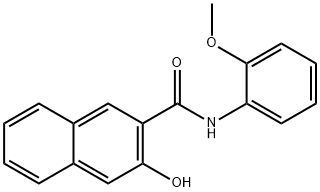
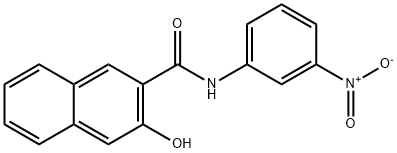
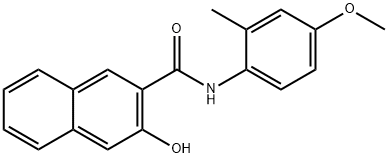
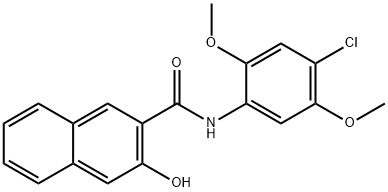
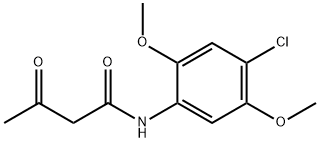
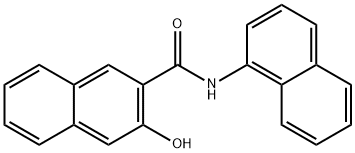
You may like
-
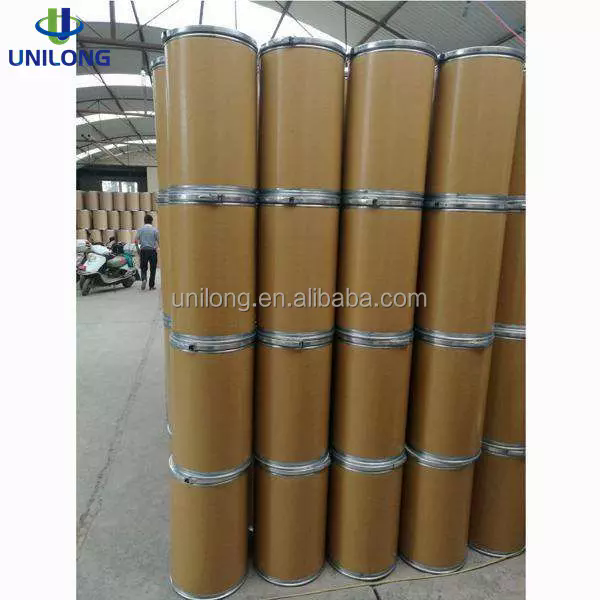 92-77-3 BON Amide 99%View Details
92-77-3 BON Amide 99%View Details
92-77-3 -
 Naphthol AS 99%View Details
Naphthol AS 99%View Details -
 Naphthol AS 99%View Details
Naphthol AS 99%View Details
92-77-3 -
 Naphthol AS 92-77-3 98%View Details
Naphthol AS 92-77-3 98%View Details
92-77-3 -
 Naphthol AS 98%View Details
Naphthol AS 98%View Details
92-77-3 -
 3-Hydroxy-2-naphthanilide CAS 92-77-3View Details
3-Hydroxy-2-naphthanilide CAS 92-77-3View Details
92-77-3 -
 Naphthol AS, >99% pure, 5 kg bag for ChromatographyView Details
Naphthol AS, >99% pure, 5 kg bag for ChromatographyView Details
90-15-3 -
 Naphthol AsView Details
Naphthol AsView Details
92-77-3
